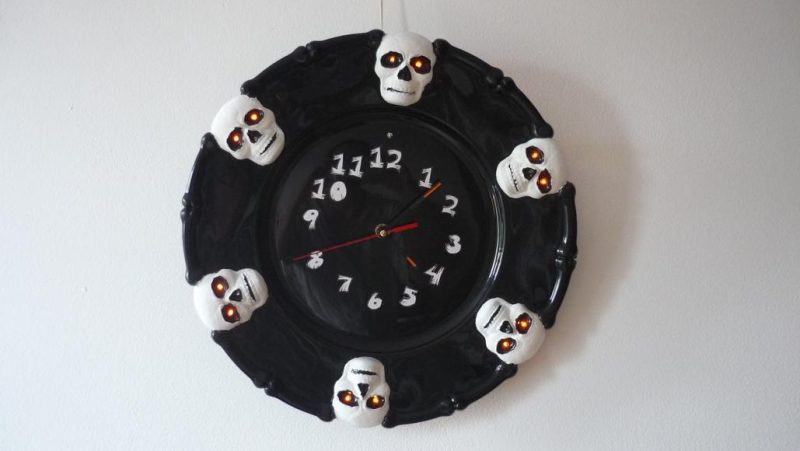Many of us learn to read clocks at a young age, however, talking clocks eliminate the need to do that entirely. [Alberto] whipped up one of his own, in this case designed with some Halloween holiday spookiness.
A basic clock movement is used to display the time in the typical fashion. However, the movement also features a built-in trigger signal, which it sends to an attached microcontroller on the hour, every hour. The build relies on the Raspberry Pi Pico for sound, chosen for its USB programming interface and its 2 MB of onboard flash storage. Sound is stored in simple 16-bit WAV files, and played out to a speaker via a PWM output. Alternatively, a CircuitPython version of the code is available that uses MP3s instead. A light sensor is used to avoid triggering any sounds at night time that could disturb one’s sleep. The entire circuit can be built on a single-sided board. [Alberto] etched one at home in the old-fashioned way, though one could also order one online, too.
Halloween is an excellent time for hacks, and this year we have the Halloween Hackfest contest to show them off. It’s ending soon though, you have until the stroke of midnight Pacific time on Friday (that’s the moment Thursday night ends) to enter your Halloween-themed hacks.
Talking clocks have been around for some time, but are nevertheless a fun and educational project to build. We’ve seen some other great Halloween hacks lately, too. If you’ve been busy with projects this fall holiday, don’t hesitate to drop us a line!















put some blue leds into the eyes and make sans
Is there any way we can time lapse video of this in action. I want to hear the spooky sounds. I mean I quess I could compile from the linked source and upload to my PI but that seems like a pain in the a$$.
The sound files are here:
https://github.com/galopago/SINSONTE/tree/main/software/cp/_sounds/halloween_00
Download them and listen to them with any audio player you like.